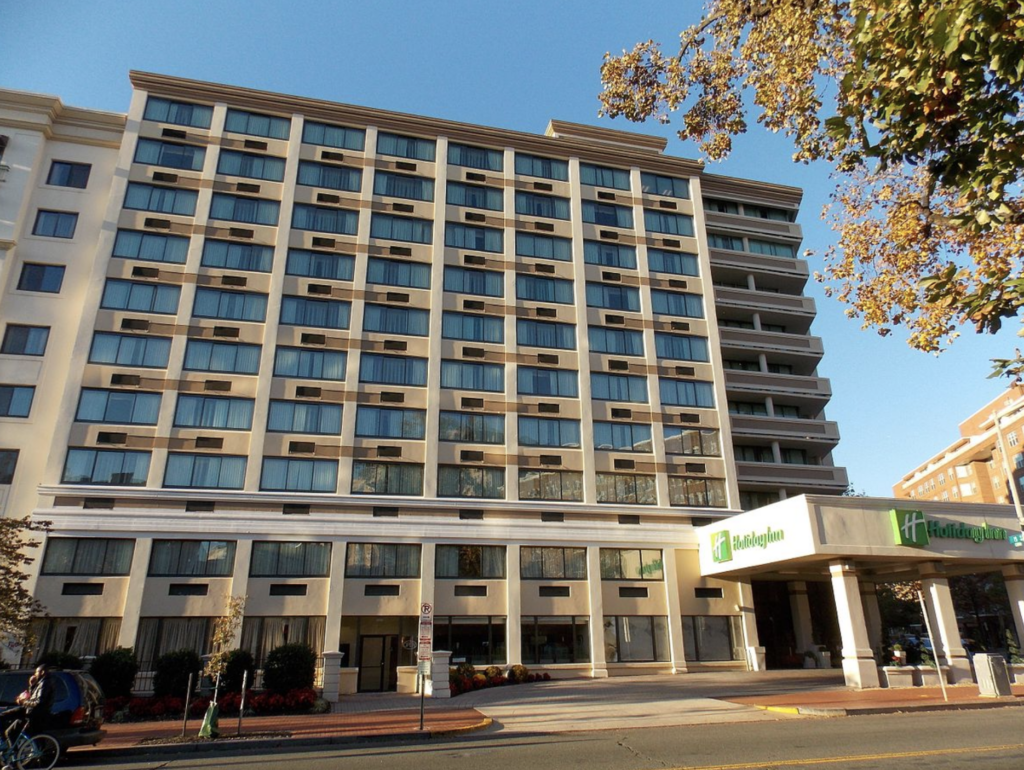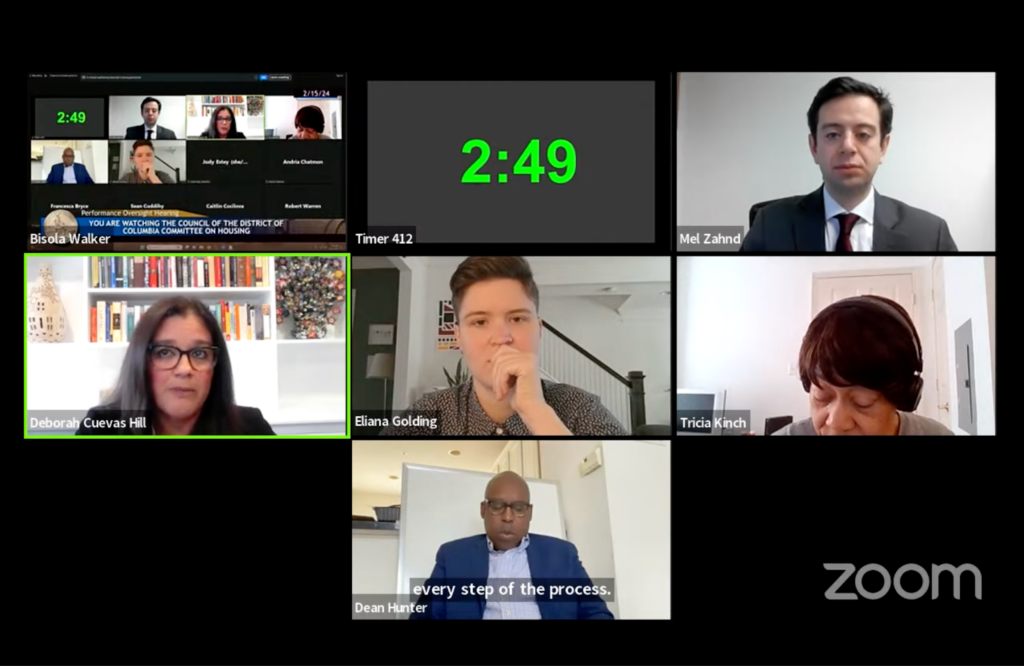The cost of hotels and similar facilities used to provide safe shelter to people experiencing homelessness since the start of the pandemic will be covered entirely by the Federal Emergency Management Administration, according to guidance released by the White House on Feb. 2. The document clarifies that an executive order signed by President Joe Biden the day after his inauguration to expand this use of FEMA funds through Sept. 30 is also retroactive, back to January 2020.
Prior to this executive order, the D.C. Department of Human Services was paying 25% of the costs to run its Pandemic Emergency Program for Medically Vulnerable Individuals, and was being reimbursed by FEMA for the other 75%. PEP-V was introduced on March 17, 2020 to keep people whose age or underlying medical issues make them more vulnerable to COVID-19 out of congregate shelters, instead providing hotel rooms.
On Feb. 8, a new coronavirus-related death was recorded among people experiencing homelessness in the District, bringing the total of such losses to at least 24 since the health crisis began. Four hundred and eighty-three people who were in shelter had tested positive as of that day, according to city data.
Despite the increased funding, there are no plans to expand the program. “It is not off the table, but at the same time, I do not want to set the expectation that this is something we are poised and able to do right now,” said DHS Director Laura Zeilinger, citing other non-federally reimbursable costs associated with PEP-V sites and an overall lack of capacity
There are currently three PEP-V sites operating: the Hotel Arboretum, which was hosting 175 guests as of Feb. 5; the Holiday Inn, hosting 261 guests; and the Fairfield Inn, hosting 188 guests. The end goal of the program is to place the individuals being served into Permanent Supportive Housing (PSH), then fill their spots with people who are waiting that qualify for the program. Since the start of the program, 133 PEP-V clients have moved into housing. And 36% of current PEP-V residents, or 226 people, have been “matched” to permanent housing resources.
However, the rate at which people have been being placed into permanent housing is lagging in comparison to the number of individuals currently waiting to get into PEP-V. The Department of Human Services is placing approximately 15 people per month into permanent housing, while there are 555 people waiting to be placed into PEP-V as of Feb. 5. The number of people matched to permanent housing resources includes more than the number of people who have received a rental subsidy or found a housing placement. DHS also counts people who have been connected to services that could help them work towards housing assistance, such as case management, obtaining an ID, and processing other paperwork.
“You can see from the data they have that if they get 30 people in a month, that’s a big deal,” said Wes Heppler, counsel for the Washington Legal Clinic for the Homeless. “You’ve got 550 people on the waitlist. So if you are getting about 30 people housed up and moved out of PEP-V every month, that’s going to take about 5 years before you clear out enough space for people to get in.”
Between Jan. 22 and Feb. 5, DHS welcomed 32 new guests into the program. The program was at 91% capacity, with 69 available beds, according to DHS. Plans to match eligible individuals with the available beds were expected to resume Feb. 8.
[Read more: PEP-V hovers around full capacity without enough housing options for vulnerable people]
“Not every cost that we have inside the PEP-V hotels is federally reimbursable, and we work to maximize the federal dollars,” said Zeilinger. “Some of the medical services are able to achieve reimbursement but not necessarily the case management support and all of the level of staffing that it takes to run those sites.”
Local funding for PEP-V had come from the city’s emergency funds for the health crisis and not DHS’s fiscal year 2021 budget, according to Zeilinger.
She said that setting up a PEP-V facility requires a lot of time and “a tremendous amount of staffing and logistics.” Zeilinger emphasized that DHS is instead focused on administering what is already in place and moving people from PEP-V into PSH.
To set up a PEP-V site, it can take several weeks to a month to lease and staff a hotel, according to DHS. “I know that it does take time, and that it is hard work and it doesn’t happen overnight,” Heppler said. “The fact is that it has been over three weeks now since FEMA announced its 100% reimbursement policy, so in the time that they made that announcement to now, they could have been well on their way to setting up another PEP-V site. Just the fact that it does take time to set up, to me, is not a reason to not do this.”
In December, an occupancy report of available shelter beds and subsidized housing units in D.C. showed that permanent supportive housing placements were more than 90% full — providing limited options for PEP-V clients to move out of the hotels. With no plans for new PEP-V facilities, it seems unlikely that the 555 eligible individuals will have access to non-congregate shelter in the near future.
Athiyah Azeem contributed to reporting.








